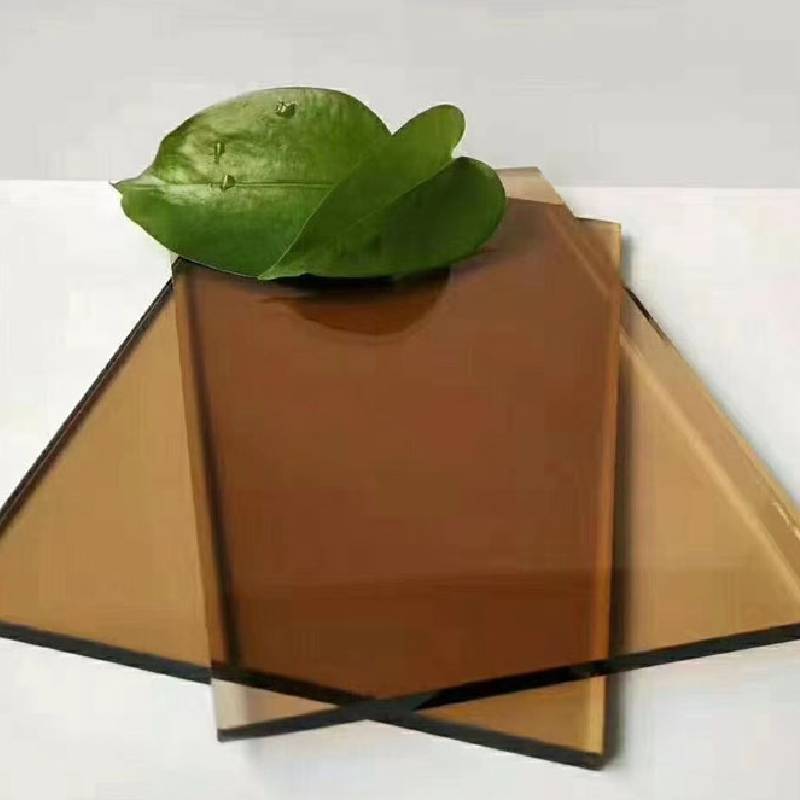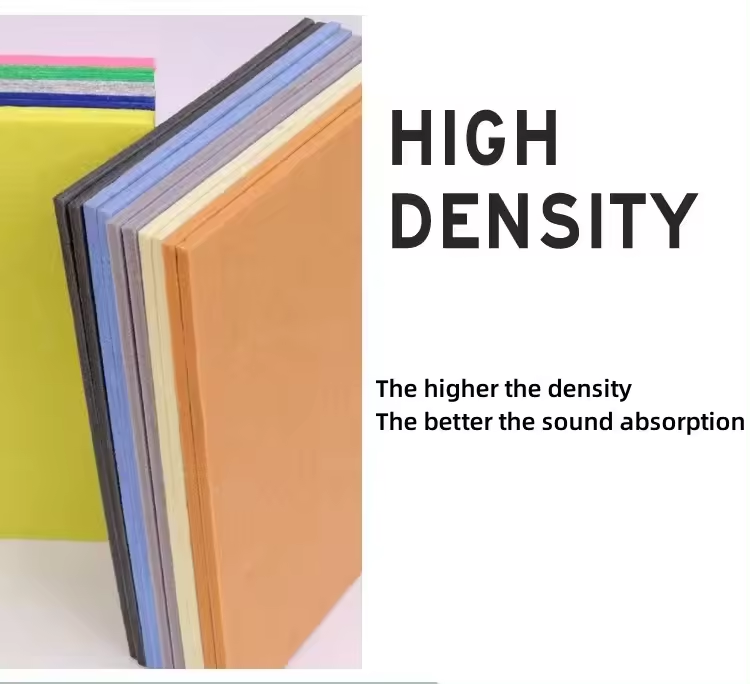The realm of float glass is a fascinating domain within the broader glass manufacturing industry. Known for its exceptional quality and clarity, float glass has become an integral component in numerous applications, from architectural structures to automotive parts. As someone deeply embedded in the exploration of materials that constitute the backbone of modern construction and design, gaining a comprehensive understanding of float glass can be both enlightening and beneficial.

Float glass is produced through a method that involves floating molten glass on a bed of molten tin. This innovative process, developed in the 1950s, revolutionized the way we perceive glass due to its ability to create glass sheets of uniform thickness and superior smoothness. The process begins with raw materials such as silica sand, soda ash, dolomite, limestone, and other additives, which are combined and heated to an extremely high temperature to form molten glass. This molten glass is then fed into a float bath where it spreads and floats on the surface of molten tin. The unique aspect of this technique is the natural flatness and evenness achieved, allowing for distortion-free glass.
Encompassing the fields of architecture and automobile manufacturing, float glass is prized for its optical clarity and versatility. Architects appreciate its role in modern design; skyscrapers with large glass facades are made possible primarily through the use of high-strength float glass. Moreover, in residential settings, float glass stands as a staple in windows, glass doors, and interior design elements, offering a clean and unobtrusive look that enhances natural light transmission and energy efficiency.

From an automotive perspective, float glass is essential in the production of windshields and windows. The consistent thickness and structural integrity provided by float glass ensure safety and performance in vehicles. Automakers continually rely on the properties of this material to improve aerodynamics, reduce weight, and enhance the aesthetic appeal of modern cars.
float glass meaning
Moreover, float glass is often subjected to further processing to enhance its properties, such as tempering, lamination, or coating. These additional treatments confer increased strength, added safety features, and improved thermal or acoustic insulation. Tempered glass, for example, undergoes a rapid heating and cooling process that increases its strength and safety, making it ideal for use in situations where human impact might occur.
In terms of sustainability, float glass production has made strides towards minimizing environmental impact. Technological advancements have allowed manufacturers to reduce energy consumption and emissions during the glass production process. Additionally, glass itself is a recyclable material, and initiatives towards recycling waste glass from float glass production into new products are becoming more prevalent. This aligns with the growing demand for sustainable building materials and eco-friendly manufacturing practices.
For businesses in the glass industry, understanding and harnessing the potential of float glass is critical. This means keeping abreast of technological advancements in production techniques, as well as trends in design and consumer preferences. There is also a responsibility to maintain high standards of quality control and to ensure safety and durability across all applications.
In conclusion, float glass represents a pinnacle of innovation within the glass manufacturing industry — it combines simplicity in its production with complexity in its application. Whether it is enhancing the aesthetic of modern architectural marvels, ensuring safety and clarity in automotive applications, or adapting to sustainability demands, float glass continues to establish itself as a vital component across multiple sectors. As the industry continues to push the boundaries of what can be achieved with this remarkable material, the significance of float glass will only continue to grow.
 Afrikaans
Afrikaans  Albanian
Albanian  Amharic
Amharic  Arabic
Arabic  Armenian
Armenian  Azerbaijani
Azerbaijani  Basque
Basque  Belarusian
Belarusian  Bengali
Bengali  Bosnian
Bosnian  Bulgarian
Bulgarian  Catalan
Catalan  Cebuano
Cebuano  Corsican
Corsican  Croatian
Croatian  Czech
Czech  Danish
Danish  Dutch
Dutch  English
English  Esperanto
Esperanto  Estonian
Estonian  Finnish
Finnish  French
French  Frisian
Frisian  Galician
Galician  Georgian
Georgian  German
German  Greek
Greek  Gujarati
Gujarati  Haitian Creole
Haitian Creole  hausa
hausa  hawaiian
hawaiian  Hebrew
Hebrew  Hindi
Hindi  Miao
Miao  Hungarian
Hungarian  Icelandic
Icelandic  igbo
igbo  Indonesian
Indonesian  irish
irish  Italian
Italian  Japanese
Japanese  Javanese
Javanese  Kannada
Kannada  kazakh
kazakh  Khmer
Khmer  Rwandese
Rwandese  Korean
Korean  Kurdish
Kurdish  Kyrgyz
Kyrgyz  Lao
Lao  Latin
Latin  Latvian
Latvian  Lithuanian
Lithuanian  Luxembourgish
Luxembourgish  Macedonian
Macedonian  Malgashi
Malgashi  Malay
Malay  Malayalam
Malayalam  Maltese
Maltese  Maori
Maori  Marathi
Marathi  Mongolian
Mongolian  Myanmar
Myanmar  Nepali
Nepali  Norwegian
Norwegian  Norwegian
Norwegian  Occitan
Occitan  Pashto
Pashto  Persian
Persian  Polish
Polish  Portuguese
Portuguese  Punjabi
Punjabi  Romanian
Romanian  Russian
Russian  Samoan
Samoan  Scottish Gaelic
Scottish Gaelic  Serbian
Serbian  Sesotho
Sesotho  Shona
Shona  Sindhi
Sindhi  Sinhala
Sinhala  Slovak
Slovak  Slovenian
Slovenian  Somali
Somali  Spanish
Spanish  Sundanese
Sundanese  Swahili
Swahili  Swedish
Swedish  Tagalog
Tagalog  Tajik
Tajik  Tamil
Tamil  Tatar
Tatar  Telugu
Telugu  Thai
Thai  Turkish
Turkish  Turkmen
Turkmen  Ukrainian
Ukrainian  Urdu
Urdu  Uighur
Uighur  Uzbek
Uzbek  Vietnamese
Vietnamese  Welsh
Welsh  Bantu
Bantu  Yiddish
Yiddish  Yoruba
Yoruba  Zulu
Zulu 


